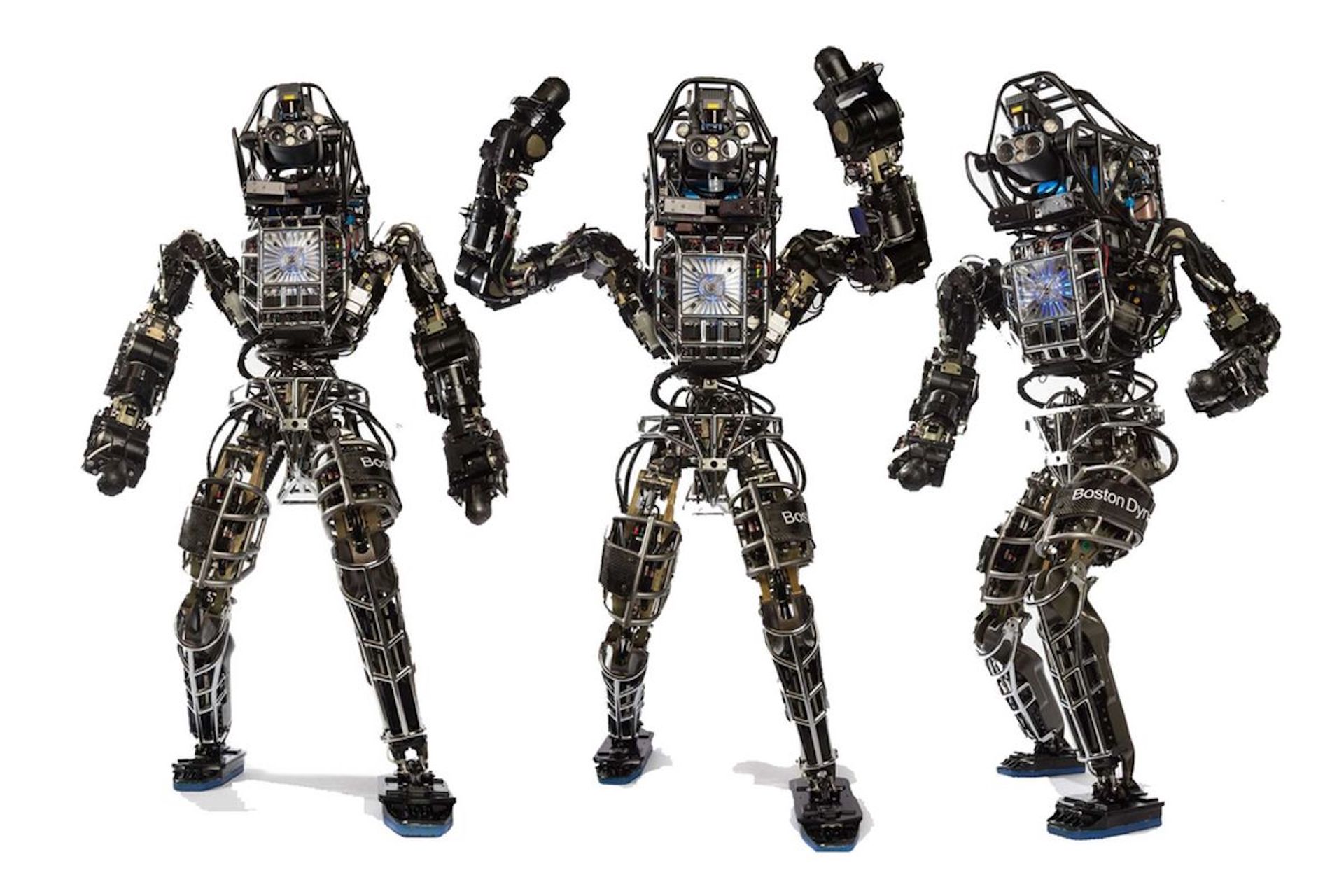Shoppers today expect convenience, immediate gratification, first-rate customer assistance, easy checkout and a shared transactional cart across channels.
Retailers are responding by leveraging artificial intelligence with sensors, automation, machine vision, beacons, voicebots and AR/VR to create new in-store experiences. Robots are found across the retail ecosystem from warehousing to delivery to automated inventory of merchandise. The goal is to make shopping more convenient, experiential and personalized to improve customer engagement.
The New Salesperson
Imagine being greeted by a humanoid robot in a store who provides directions, answers questions and hands out samples. SoftBank’s humanoid robot Pepper is a powerful touchpoint for creating more personalized in-store experiences. Pepper can also play music, light up, dance and take selfies with shoppers.
While Pepper is popular in Japan, SoftBank wants to bring Pepper to America. In a 2016 pilot at a Palo Alto tech shop (B8ta), the retail store claimed a 70% increase in traffic during the week Pepper worked there. A second pilot at a Santa Monica retail outlet claimed a 13% revenue increase. Shopper’s curiosity about Pepper, along with its responsiveness and engagement, made for a memorable in-store experience. Robots can also help to alleviate consumer frustration by helping them easily find a product.
Home improvement retailer Lowe’s Innovation Lab has experimented with the LoweBot from Fellow Robot — a rolling kiosk where consumers can look up products and other information. In a collaboration with Google, it also has experimented with a GPS-style navigation app to help customers find merchandise using detailed floor maps.
Using Robots to Manage Stores
Robots help stores manage inventory, restock shelves, address worker shortages and automatically manage logistics. Target is working with Simbe Robotics’ Tally robot to track product inventory on shelves. Meanwhile, Walmart is shifting more mundane tasks to robots to maximize time associates can engage with customers by adding 300 new shelf scanners, aka “Auto-S” to roam the aisles to ensure product availability, correct shelf location and price accuracy.
Walmart is also pioneering new robotic technologies with Bossa Nova Robotics. This “friendly” robot has a small display screen and lighting on its small body. Walmart plans to continue to use automation to build on the chain’s omnichannel initiatives by adding 900 automated pickup towers.
Automating Tasks
Amazon’s fleet of nearly 45,000 robots fulfill orders at its warehouses. Walmart’s commitment to automation extends throughout its ecosystem. It ordered 1,200 FAST Unloaders that automatically scan, and sort items unloaded from trucks based on priority and department. Data sharing between the shelf scanner and the FAST Unloader allows for inventory to efficiently move to the sales floor.
Recently, Best Buy decreased shipping time by three days after overhauling three strategically located regional e-commerce fulfillment centers in San Francisco, Atlanta and Findlay, Ohio, by adding bins and robots. Best Buy worked with logistics system integrator Bastian Solutions and AutoStore — a storage system in which bins are vertically stacked in a grid and retrieved by robots. The process took 12 months to implement.

